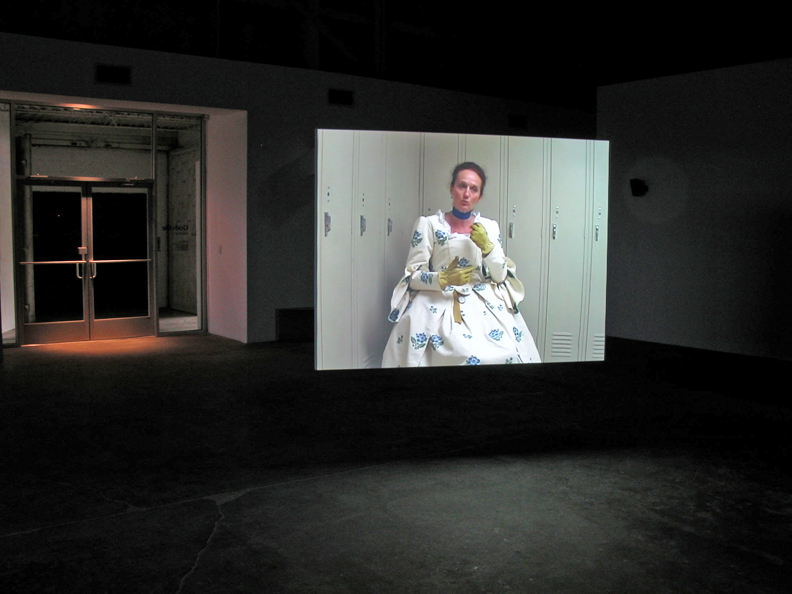Tattle-Tales from the Land of Fauxtography:
- Photography has never been about money, it had always been about photography. Now that the Haute Kunsters have deemed it art, it's all about money and not about photography.
- Foxy photographers who call themselves "artists" who take photographs and not photographers, are moron oxys. If a photograph is labeled a mere photograph it is only worth $3,000; if a photograph is labeled a conceptual piece, it fetches $300,000 - semantic sleight of hand.
- Never trust any photograph so large that it can only fit inside a museum.
- Color is the new black and white.
- HOW CRITICS FLUFF THEIR FEATHERS AND PREEN WITH IRONIC AND ICONIC JARGON: One intuits that one has experienced highfalutin cultural hyperbole when one has read one or more of the following brand philosopher's names bandied about in one or more sentences of an art speak critique review: Wittgenstein's Tractatus-Logicics-Philosophicus, Nietzsche's Ubermensch, Darrida's deconstructivist construct, Cartesian logic, Lacan's lexicon, and the epigrammatic phenomenology of Husserl and Marceau-Ponty.
- The announced demise of the decisive moment is premature.
- Bill Brandt's nudes give me an art-on.
- "Kitsch Ray The Wonder Weimaraner Bites William Wegman's Ass" - headline from The Onion.
- Photographers whose next three books will look like their last three-books should quit.
- The Bechers are the godfathers of the Dusseldorfer Avant-Garde Photo Kunst Academie of Derriere-Garde Photography mafia.
- GEORGE W. BUSH IS ASS-HOLIER THAN THOU.
- Art is never boring. Andy Warhol was boring.
- Gary Winogrand was a snapshooter. A snapshooter is a voyeur who loves the act of taking pictures but doesn't necessarily care about the photographs. He left seven thousand rolls of undeveloped films.
- This is the era of foto fast food. Too many Tillmans will give you heartburn, high cholesterol and a fat ass.
- Diane Arbus is authentic; Cindy Sherman is inauthentic.
- Museums should never exhibit photographs of visitors looking as art in museums to visitors who are looking at art in museums.
- The Menage-a-trois of the symbiotic relationship between dealers, critics and museum defines contemporary art. The imprimatur of this art-industrial complex informs the hedge fund arrivistes how to decorate their walls with trendy conspicuous consumption.
- Mapplethorpe was not a poete maudit. He was an old fashion fairy who unwittingly legitimized Leviticus by describing homosexuals as terminally hedonistic queers. Jerry Falwell would agree.
“Sidney paints his fingernails shocking pink, a brilliantly audacious gesture that exposes the discorroborative bias of Revlon’s vacuity, while trenchantly confirming lipstick as a phallic ploy of alpha males vis-à-vis Derrida’s strategies of discorroboration.”
Synopsis
Of this satirical look at contemporary photography, Duane Michals has said, "The more serious you are, the sillier you have to be. I have a great capacity for foolishness. It's essential." Whether parodying Wolfgang Tillmans or Andres Serrano, Sherrie Levine (A Duane Michals Photograph of a Sherrie Levine Photograph of a Walker Evans Photograph) or Cindy Sherman (Who is Sydney Sherman?), Michals uses his ferocious wit and keen eye to create images at once humorous and penetrating. As The New York Times described Gursky's Gherkin, the work "explores as never before the sense of picklehood, or what it means to be a pickle." The Times also testified that "this high-humored sendup of arty photography should be required viewing for all art-world heavies, particularly critics, curators and collectors." Michals takes aim at pretensions that are often perceived as deliberately obscuring contemporary art, and in doing so he exemplifies his mastery of both the visual world and the written word, while providing the elemental pleasure of a good laugh.




